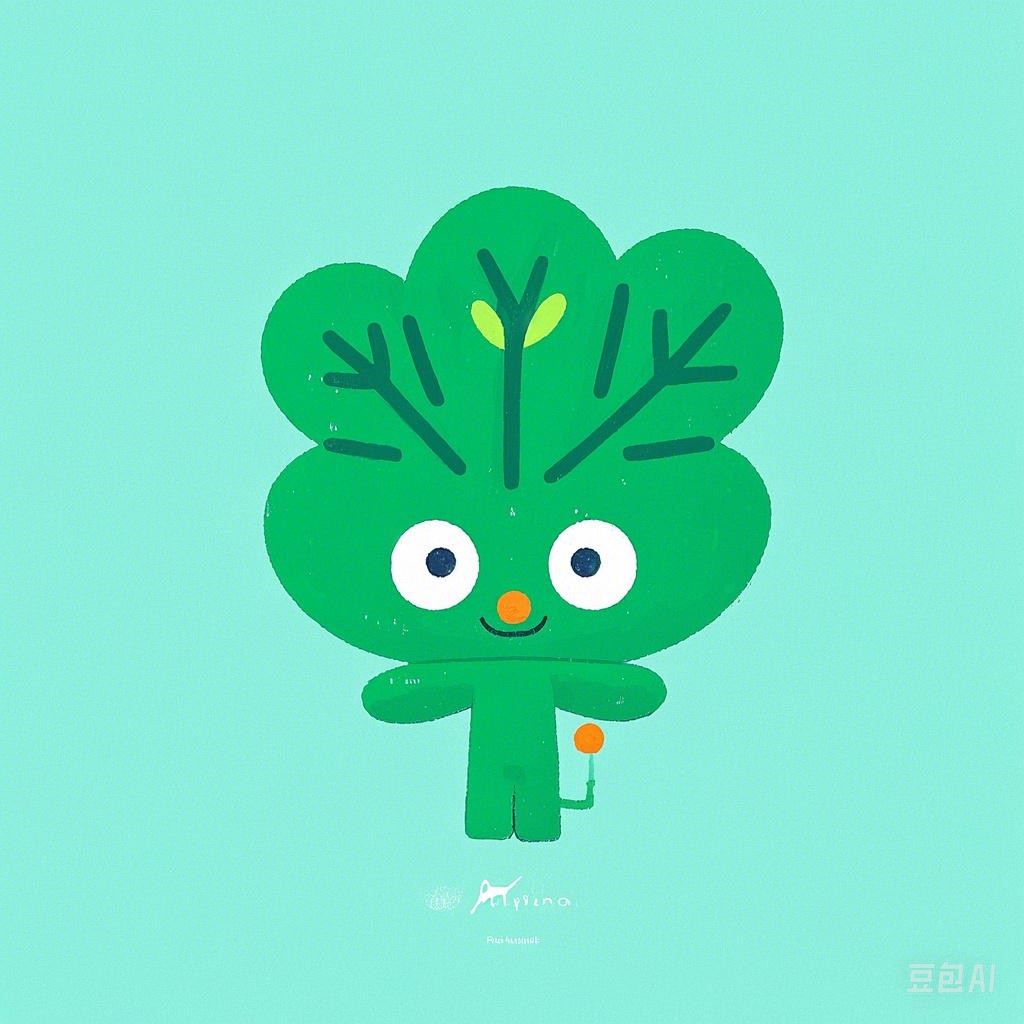Introduction
The English consumer ecosystem has undergone a remarkable transformation over the years, reshaping how people shop, interact, and consume goods and services. This evolution can be attributed to various factors, including technological advancements, shifting consumer behaviors, and economic changes. In this article, we will explore the key aspects of the English consumer ecosystem’s evolution, highlighting the factors that have driven this change and the impact it has had on businesses and consumers alike.
Technological Advancements
One of the most significant drivers of the English consumer ecosystem’s evolution has been technological advancements. The rise of the internet, mobile devices, and e-commerce platforms has revolutionized the way consumers shop and access information. Here are some key technological developments that have shaped the English consumer landscape:
E-commerce Platforms
E-commerce has become a dominant force in the English consumer ecosystem, with platforms like Amazon, eBay, and ASOS offering vast product ranges and competitive pricing. These platforms have not only expanded consumer choice but have also made shopping more convenient and accessible.
# Example of an e-commerce platform in Python
class ECommercePlatform:
def __init__(self, name, product_range, pricing):
self.name = name
self.product_range = product_range
self.pricing = pricing
def display_products(self):
for product in self.product_range:
print(f"Product: {product['name']}, Price: {product['price']}")
# Example usage
platform = ECommercePlatform("Amazon", [{"name": "Laptop", "price": "800"}, {"name": "Smartphone", "price": "500"}], "Competitive")
platform.display_products()
Mobile Technology
The proliferation of smartphones has had a profound impact on consumer behavior. Mobile devices have become the primary source of information and shopping for many consumers, with mobile apps offering personalized recommendations, easy payment options, and real-time notifications.
# Example of a mobile app in Python
class MobileApp:
def __init__(self, name, features, user_base):
self.name = name
self.features = features
self.user_base = user_base
def display_features(self):
for feature in self.features:
print(f"Feature: {feature}")
# Example usage
app = MobileApp("ShopNow", ["Personalized Recommendations", "One-Tap Payments", "Real-Time Notifications"], "Millions")
app.display_features()
Shifting Consumer Behaviors
Consumer behaviors have also played a crucial role in redefining the English consumer ecosystem. The following trends highlight some of the key shifts:
Sustainability
There has been a growing emphasis on sustainability, with consumers increasingly preferring brands that prioritize environmental responsibility and ethical practices. This has led to the rise of eco-friendly products and services, as well as the adoption of circular economy principles.
# Example of a sustainable product in Python
class SustainableProduct:
def __init__(self, name, material, lifespan):
self.name = name
self.material = material
self.lifespan = lifespan
def display_product_info(self):
print(f"Product: {self.name}, Material: {self.material}, Lifespan: {self.lifespan} years")
# Example usage
product = SustainableProduct("Reusable Water Bottle", "BPA-Free Plastic", "5")
product.display_product_info()
Personalization
Consumers today are looking for more personalized experiences, with tailored recommendations and services becoming increasingly important. This trend has been fueled by advancements in data analytics and AI, allowing businesses to better understand and cater to individual preferences.
# Example of personalized recommendations in Python
class PersonalizedRecommendations:
def __init__(self, user_preferences, product_catalog):
self.user_preferences = user_preferences
self.product_catalog = product_catalog
def recommend_products(self):
recommended_products = []
for product in self.product_catalog:
if any(product_feature in self.user_preferences for product_feature in product['features']):
recommended_products.append(product)
return recommended_products
# Example usage
user_preferences = ["Fashion", "Tech", "Health"]
product_catalog = [{"name": "Smartwatch", "features": ["Fitness Tracking", "Notification Alerts"]},
{"name": "Eco-Friendly T-Shirt", "features": ["Organic Cotton", "Eco-Friendly Printing"]}]
recommendations = PersonalizedRecommendations(user_preferences, product_catalog)
for product in recommendations.recommend_products():
print(f"Recommended Product: {product['name']}")
Economic Changes
Economic factors have also contributed to the evolution of the English consumer ecosystem. Here are some key economic trends:
Changing demographics
The aging population and the rise of the millennial and Gen Z consumers have led to shifts in consumer preferences and spending habits. For example, older consumers may prioritize health and wellness products, while younger consumers may be more interested in technology and sustainability.
Economic uncertainty
The economic uncertainty caused by events such as the COVID-19 pandemic has influenced consumer behavior. Many consumers have become more cautious with their spending, focusing on essential items and seeking deals and discounts.
Conclusion
The English consumer ecosystem has undergone a significant evolution, driven by technological advancements, shifting consumer behaviors, and economic changes. Businesses and policymakers need to stay informed about these trends to adapt and thrive in the evolving consumer landscape. By understanding the factors that have shaped the English consumer ecosystem, they can better anticipate future trends and develop strategies to meet the needs of consumers in the years to come.
